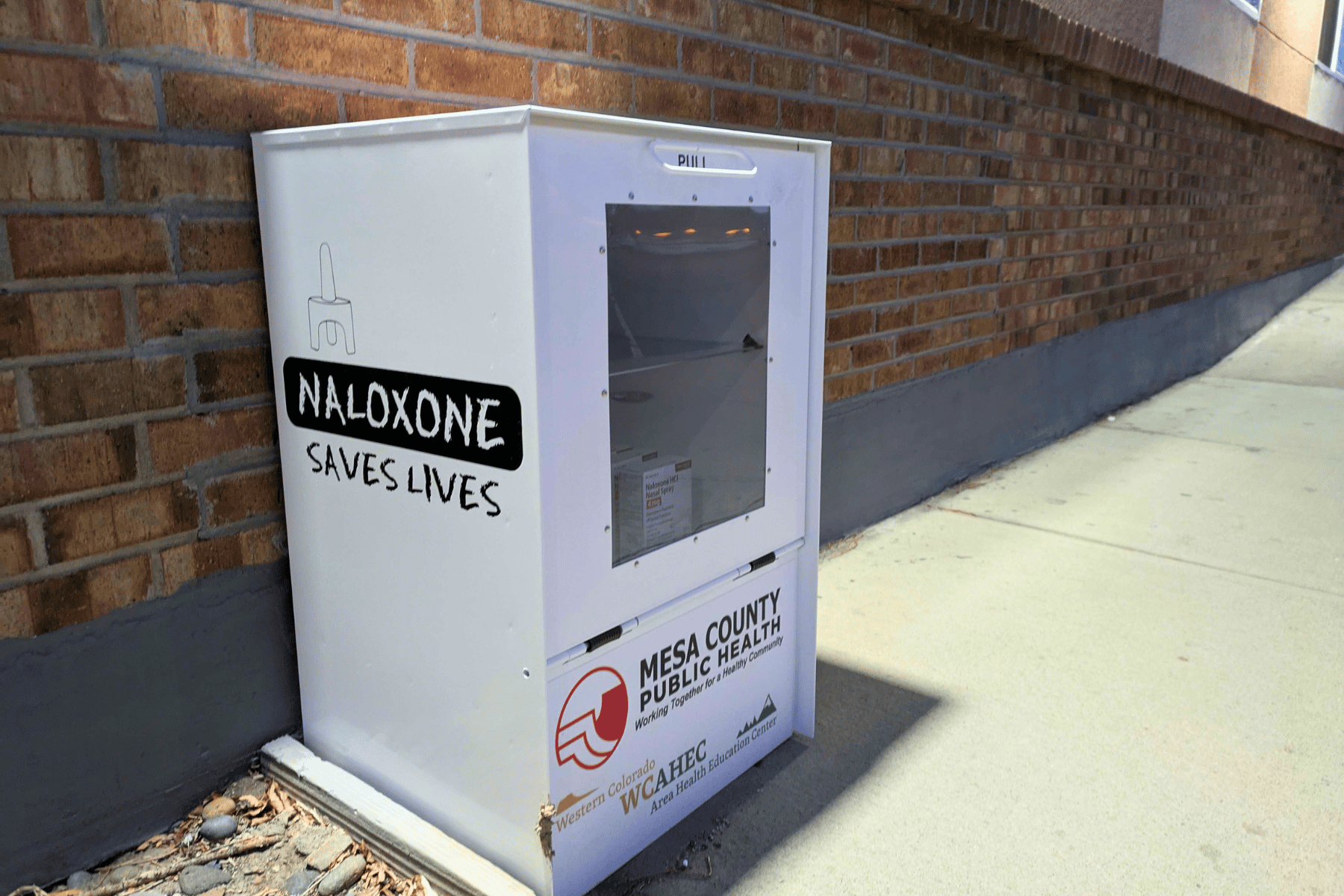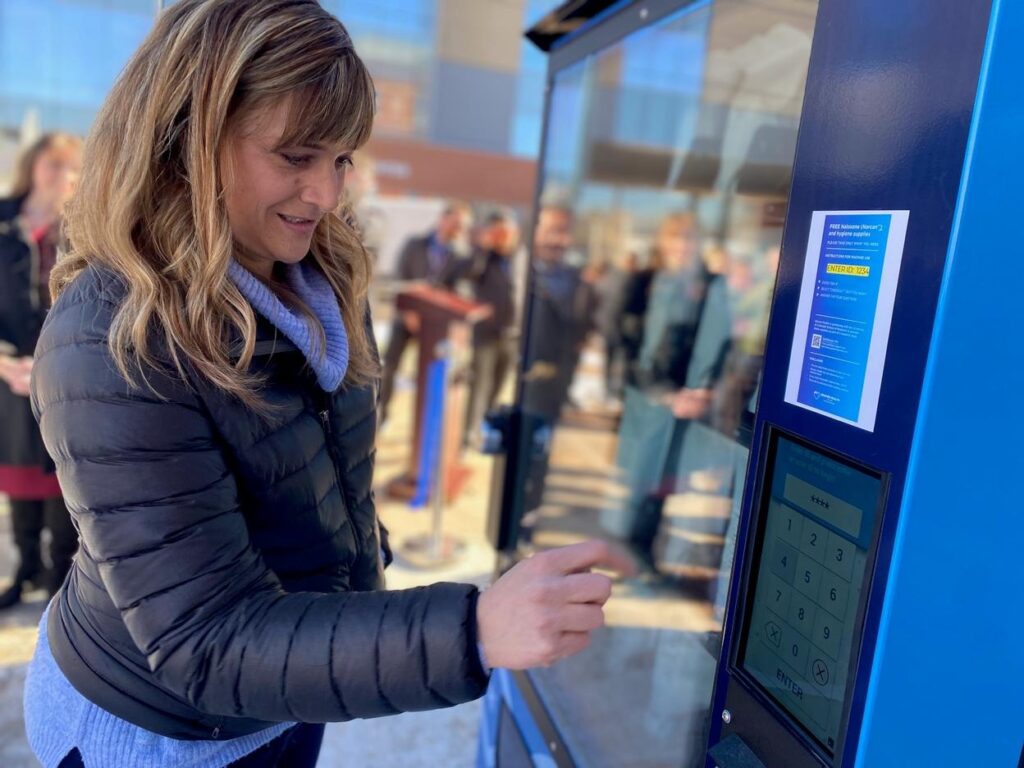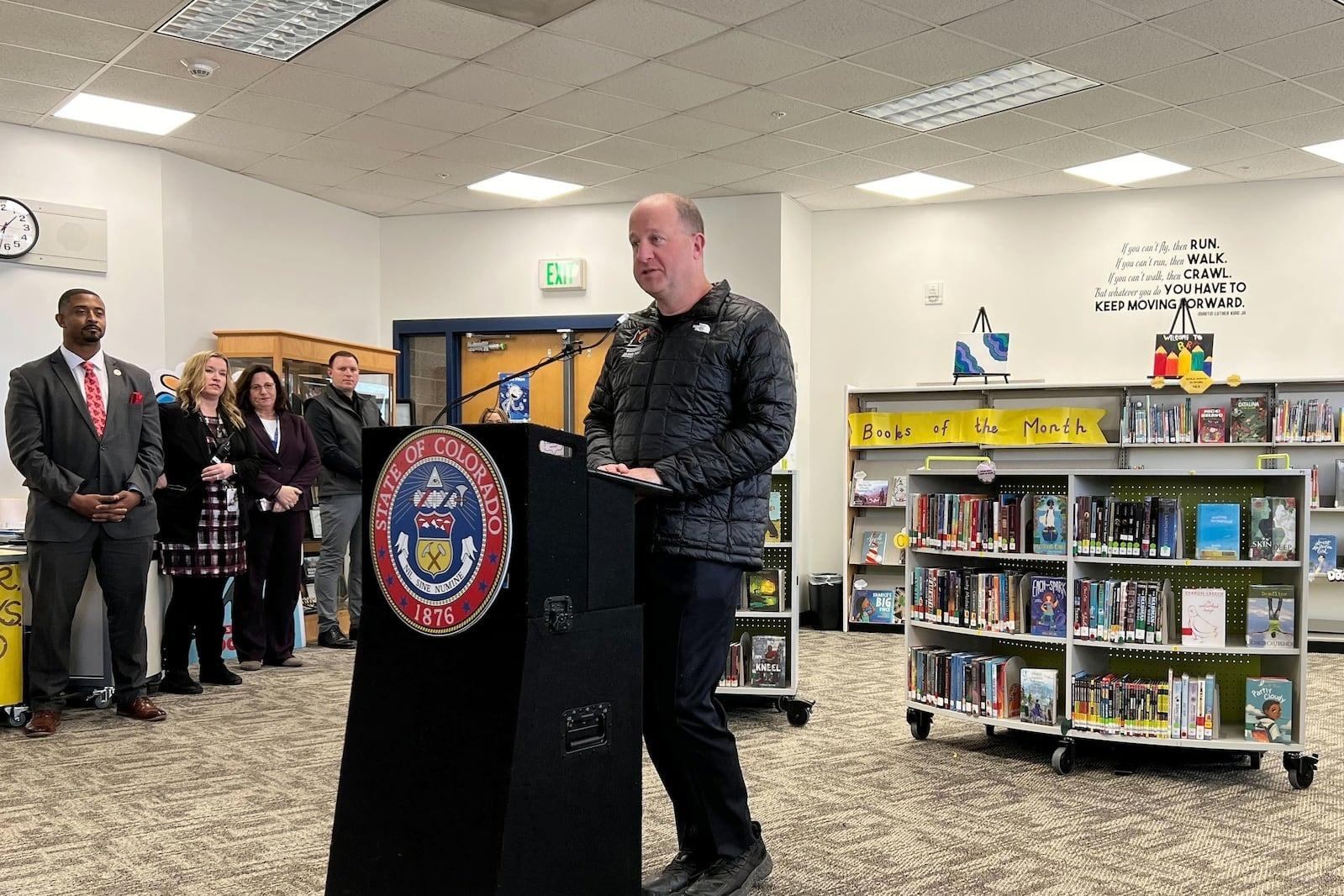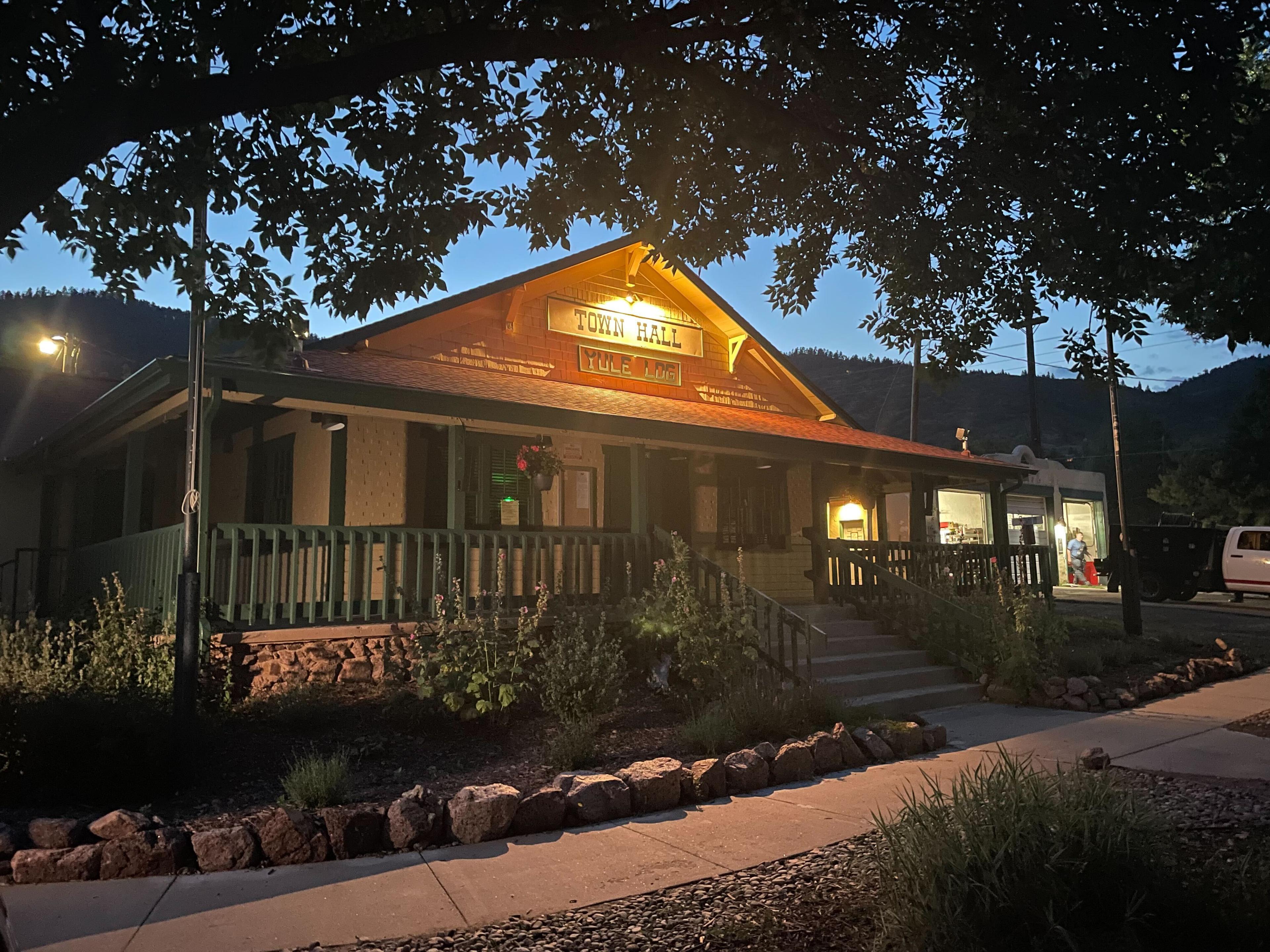
Since December, small kiosks have popped up across Mesa County that have allowed people to anonymously access more than 1,200 free boxes of naloxone, the drug that reverses an opioid overdose.
The kiosks, which look like newspaper boxes, are filled with nasal spray. The drug, which is often referred to by the commercial name Narcan, can save the life of someone overdosing on an opioid like fentanyl. So far, 10 kiosks have been placed throughout the county, with two more planned.
Opioid overdoses are one of the leading causes of death in the U.S., and this project aims to destigmatize naloxone, explained Lyndall Young, a nurse and instructor with Western Colorado Area Health Education Center. The group stocks the kiosks, placed by Mesa County Public Health.
At free training sessions on how to use naloxone, people have teared up while talking about someone they lost from an overdose.
“And they get a box for their first aid kit, knowing that it could save another family member's life,” Young said.
Mesa County is just the latest area to install these kiosks. When Young’s nonprofit brought them to Montrose and Delta counties last year, community members took more than 3,000 boxes of naloxone. Though there isn’t clear data on how much the drug has been used, residents have told the organization they’ve saved lives with it.
Young hopes to keep educating the public on naloxone, which she explains is safe for everyone, from babies to elderly people. While it has powerful effects on someone overdosing, it won’t negatively impact a person who’s not overdosing, so there’s no danger of accidentally administering it to someone experiencing another health emergency
“I could give it to myself right now, won't make me high, won't give me a headache,” Young said. “It only helps if someone is having an opioid overdose.”

Another attribute of naloxone is that it keeps for a long time, so it can be stashed in someone’s first-aid kit or car for long periods of time until an emergency occurs. Young stressed people never know when they’ll be confronted with someone overdosing.
Opioids can affect everyone, she said, “CEOs to stay-at-home moms to college students.”
Having naloxone handy “really does give you the power to save someone's life.”
For more information on opioid resources, visit the Mesa County Public Health website.
Mesa County’s naloxone kiosk locations:
- Colorado Health Network: 1001 Wellington Ave., Grand Junction
- Colorado Mesa University’s University Center: 1455 N. 12th St., Grand Junction
- Mesa County Criminal Justice Center: 636 South Ave., Grand Junction
- Mesa County Criminal Justice Services’ Treatment Center: 436 S. 7th St., Grand Junction
- Mesa County Libraries’ Clifton Branch: 3270 D 1/2 Road, Bldg. A
- Mesa County Public Health Clinic: 510 29 1/2 Road, Grand Junction
- Detention Lobby inside Mesa County Sheriff's Office: 215 Rice St., Grand Junction
- Western Colorado Area Health Education Center: 2938 B North Ave., Grand Junction.
- Lifespan Psychiatry of Colorado: 2140 N. 12th St., Grand Junction
- HomewardBound of the Grand Valley’s North Avenue Shelter: 2853 North Ave.
Signs of an opioid overdose:
- Unconsciousness or unable to wake up
- Slow or shallow breathing
- Difficulty breathing such as choking sounds or a gurgling and snoring noise from a person who cannot be woken up
- Discolored skin, especially the nails or lips
- Small, constricted pinpoint pupils that don't react to light
- Vomiting
- Inability to speak
- Faint heartbeat
- Limp arms and legs
- Pale skin
What to do if someone is overdosing:
- Evaluate the person for signs of an opioid overdose.
- Administer naloxone and then call 911.
- Try to keep the person awake and breathing.
- Lay the person on their side to prevent choking.
- Stay with the person until emergency help arrives.









